Baseball History Comes Alive Now Ranked #2 by Feedspot Among All Internet Baseball History Websites and Blogs!
Guest Submissions from Our Readers Always Welcome!
Subscribe to Baseball History Comes Alive! for automatic updates (sign-up block found in right side-bar)
As a Free Bonus for subscribing, you’ll get instant access to my two Special Reports: Memorable World Series Moments and Gary’s Handy Dandy World Series Reference Guide!
Jim “Hippo” Vaughn and the Double No-Hitter Photo Gallery
Click on any image below to see photos in full size and to start Photo Gallery:
“Hippo” Vaughn and Baseball’s Rarest of Feats: The “Double No-Hitter”
Those of you who read my recent post about “Shuffln’ Phil” Douglas will remember the featured photo, beautifully colorized by Don Stokes, of the Cubs’ 1918 starting pitching staff: Lefty Tyler, Jim “Hippo” Vaughn, Phil Douglas, and Claude Hendrix. That’s a nice lead-in to today’s essay about baseball’s only “double no-hitter.”
What are the odds of a double no-hitter? Well, I read somewhere the odds of a no-hitter in any game are 13,000-to-one. So maybe someone can figure out the odds of a “double no-hitter,” considering it’s only happened once, and, according to Baseball Reference, there have been 219,527 major league games as of the end of the 2019 season.
The famous pitching duel matched Cubs’ ace left-hander Jim “Hippo” Vaughn and Reds’ star right-hander, Fred Toney. Before we go back and revisit that historic game played at Weeghman Park (later known to us as Wrigley Field), on May 2, 1917, here’s a few words about the fine career of Jim “Hippo” Vaughn:
One of the Best Dead Ball Era Pitchers
Born on April 9, 1888 in Weatherford, Texas, Jim “Hippo” Vaughn, falls into the “very good, but not quite Hall-of Fame category.” He’s one of baseball’s 27 pitching Triple Crown winners. Hippo played 13 seasons in the majors (1908-1921) for the Highlanders (1908, 1910-’12), Senators (1912), and Cubs (1913-’21). Over his career, he compiled a 178-137 record (.565) over 2730 innings, with a 2.49 ERA, 214 complete games, 41 shutouts, and 1416 strikeouts. He was a 20-game winner in five of the six seasons from 1914-1919. His 151 wins as a Cubs are still the most for any Cub lefthander and eighth overall. His SABR biographer, Jan Finkel, captured the brilliance of Hippo Vaughn:
Some ballplayers are defined by one moment. Jim “Hippo” Vaughn was such a player. Mentioning his name evokes a knee-jerk reaction from a knowledgeable fan: “Oh, yes, he threw the double no-hitter with Fred Toney in 1917.” This is unfortunate because that game is but one in the career of a pitcher whose overall performance was excellent…From 1914 to 1916, Vaughn was a very fine pitcher. From 1917 to 1919, he was a great one. The only National League lefthanders to put together a better string of seasons would be Carl Hubbell from 1933 to 1937 and Sandy Koufax from 1962 to 1966.
Hippo’s best year was 1918. In the shortened season, he went 22-10, winning the pitching Triple Crown. He led the league in all major pitching categories: wins (22), ERA (1.74), shutouts (8), games started (33), innings pitched (148); plus minor categories: H/9 (6.70), SO/9 (4.6), SO/W (1.95). In 1919, he again led the league in strikeouts (141) and innings pitched (306.2).
About That Historic Game
May 2, 1917 was a chilly day in Chicago. A small crowd of about 3,500 fans were in the stands to watch what appeared to be just another routine game. No one could imagine what was actually in store.
Getting the starting nod for the Reds was Fred Toney. The 29-year-old right hander was known for his outstanding fastball and had emerged as a mainstay of the Reds’ staff, having won 17 and 14 games in the two previous seasons. For the Cubs, Jim “Hippo” Vaughn, also 29, got the call. Hippo Vaughn was one of the Dead Ball Era’s finest pitchers. At 6’4”, 215 pounds, Vaughn was a big man for the time and hence the unflattering nickname.
Vaughn was a tough left-hander, so Reds’ manager Christy Mathewson countered with an all-right-handed lineup. Hippo started strong, retiring the first nine Reds with ease. In the fourth, he gave up a lead-off walk to Heine Groh but he was thrown out stealing. Gus Getz then walked, but was erased on a double play. From this point on, it would be “clear sailing” for Hippo, as no other Reds reached base through nine innings. His outstanding performance was matched by Toney, who gave up just two walks through the first nine.
Inning after inning, the small crowd sat spellbound in the stands as both pitchers breezed through the lineups. Suddenly nine innings were in the books, and the realization set in that they had just witnessed one of the most unique games in baseball history, something completely unprecedented: a double no-hitter.
The Fateful Tenth Inning
In the top of the tenth, Hippo retired the lead-off hitter on a pop foul. But then things soon went south for the big lefty. Larry Kopf hit a single, ending the no-hit string. “Greasy” Neal hit a fly ball for out number two. Cy Williams then dropped a Hal Chase fly ball, putting runners on second and third. The next batter, the great athlete Jim Thorpe, laid down a bunt that went right back to Vaughn on the mound. Big Jim pounced on the ball and, instead of throwing to first to catch the speedy Thorpe for the third out, he surprised his catcher Art Wilson by firing home. The ball hit the Wilson right in the chest and fell to the ground. Seemingly transfixed, he made no effort to catch it. Kopf ran across the plate and scored the game’s first run.
The ever-alert Hal Chase on second saw the frozen catcher and, sensing he could score too, rounded third without breaking stride. Vaughn yelled to Wilson, “Are you going to let him score, too?” Fortunately for the Cubs, Wilson snapped out of his trance in time to tag Chase, ending the inning. But the damage had been done. In the bottom of the tenth, Toney easily retired the last three Cubs, preserving his own no-hitter and a 1-0 Reds’ win.
After the game, Vaughn talked about the play:
“Some say Wilson wasn’t expecting the throw. The truth is that Art just went paralyzed. He just stood there with his hands at his sides staring at me. People often asked me, since the ball was hit right back to me, why didn’t I just throw the ball to first base to nail Jim Thorpe? I always said, ‘Thorpe ran like a racehorse,’ so I threw the ball to home instead.”
After the game, a sad and chastened Art Wilson, blaming himself for the misplay, apologized to Vaughn in the Cubs clubhouse. Vaughn remembered the scene:
“Wilson cried like a baby after the game. He grabbed my hand and said, ‘I just went out on you, Jim, I just went tight.’ But I wasn’t sore, it’s just another lost ballgame, that’s all.”
Except that this one remains one of the most memorable games in baseball history…
No Longer A No-Hitter for Vaughn
Sad to say, with changes to the scoring rules in recent years, this game is no longer considered as a no-hitter for Vaughn. It’s still the only occasion in major league history in which nine innings were played without a hit by either team.
After his major league career ended in 1921 (ironically, with a home run by former teammate “Shuflin’ Phil” Douglas being the last batter he faced), Hippo pitched for another 15 seasons on various minor league teams. Later, he was an assembler for a refrigeration products company. Hippo Vaughn died at age 78 in Chicago on May 29, 1966.
So let’s take a moment to shine our baseball spotlight on one of the game’s great pitchers and one of its greatest pitching duels.
Shop MLB.com. The Official Online Shop of Major League Baseball.
Gary Livacari
Photo Credits: All from Google search
Background Information: Hippo Vaughn SABR Bioproject article by Jan Finkel; and excerpts edited from the Neatorama website article, “Baseball’s Only Double NoHitter”
Check out my latest book, recently nominated for the SABR 2020 Lawrence Ritter award: Reflections On the 1919 Black Sox: Time to Take Another Look now available on Amazon in e-book and paperback. All profits go to the Illinois Veterans Foundation
Add your name to the petition to help get Gil Hodges elected to the Hall of Fame
Vote In Our New Poll: How Do You Feel About the 60-Game Proposal for the 2020 Season?
We are a participant in the Amazon Services LLC Associates Program, an affiliate advertising program designed to provide a means for us to earn fees by linking to Amazon.com and affiliated sites. Click here to view Amazon’s privacy policy

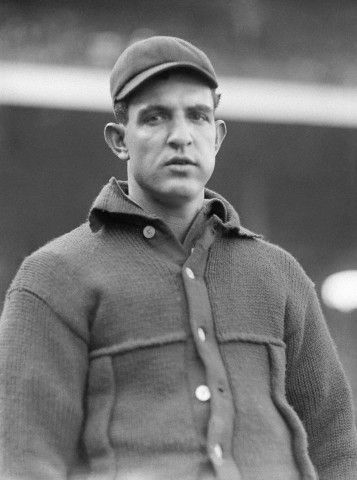
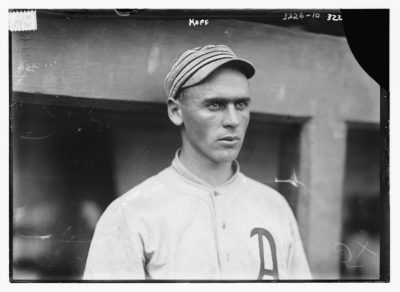
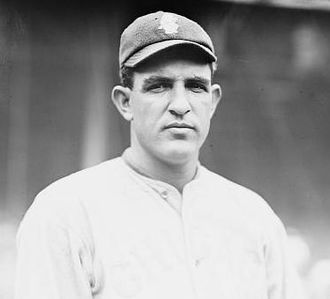
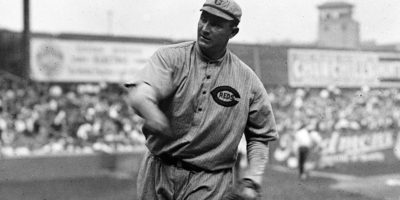
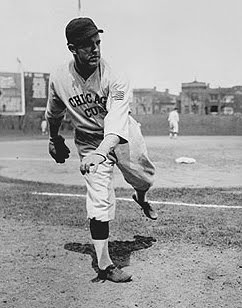
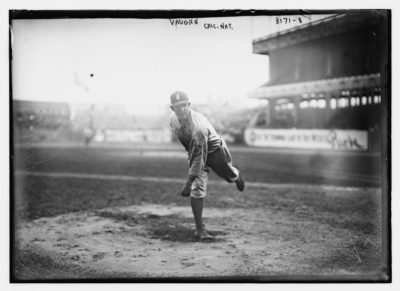
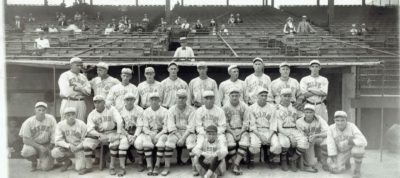
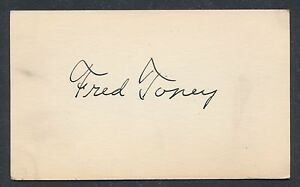
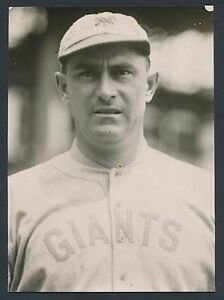
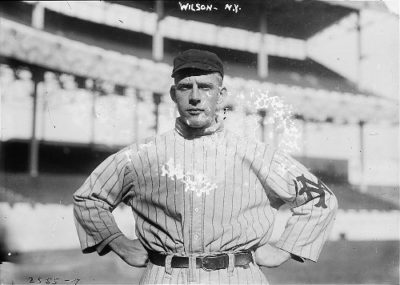
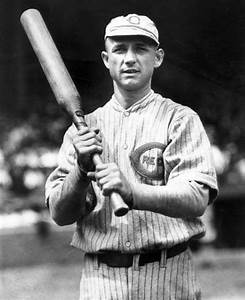
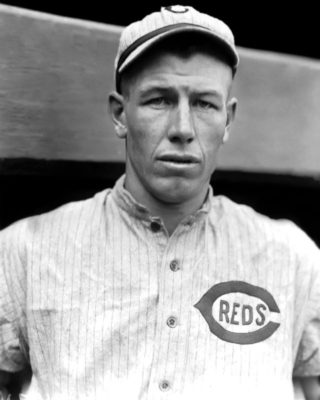
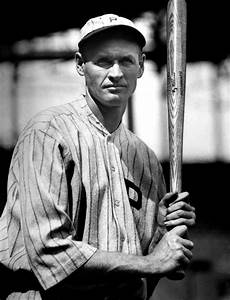
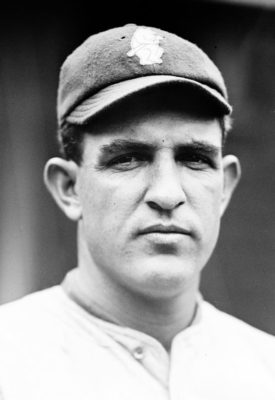
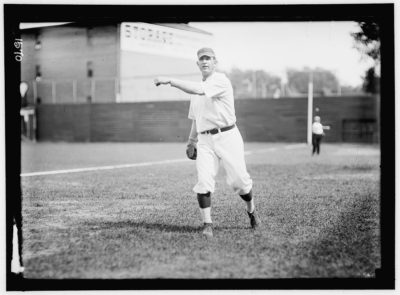
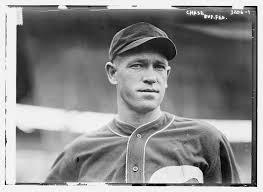
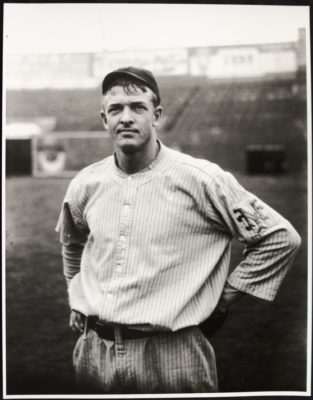
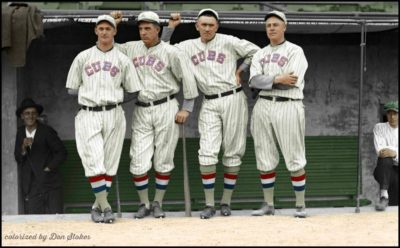
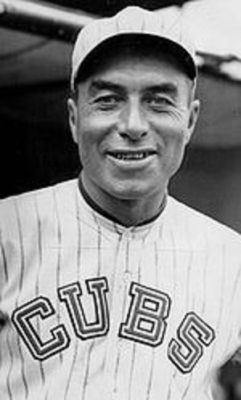
The great Furman Bisher wrote about it in ‘Strange But True Baseball Stories’. Apparently per Bisher, Hippo Vaughn never lost another game to Fred Toney.
Amazing story, Gary! Of course, Vaughn should have thrown to first to get Thorpe. The immortal Jim was fast, but certainly didn’t have the speed of Mickey Mantle out of the batter’s box. You have to feel really sorry for Wilson, who will forever be the goat in the defeat.
I’ve always thought any pitcher who throws nine innings without surrendering a hit should get credit for a no-hitter–even if he gets clipped in an extra inning.
Thanks!
Bill
Thanks Bill…I agree with all that.
I have a question? Is the “Greasy” Neal that played for the Cincinnati Reds the same man who coached for the Philadelphia Eagles?
Yes he is. I believe he’s in the NFL Hall of Fame.